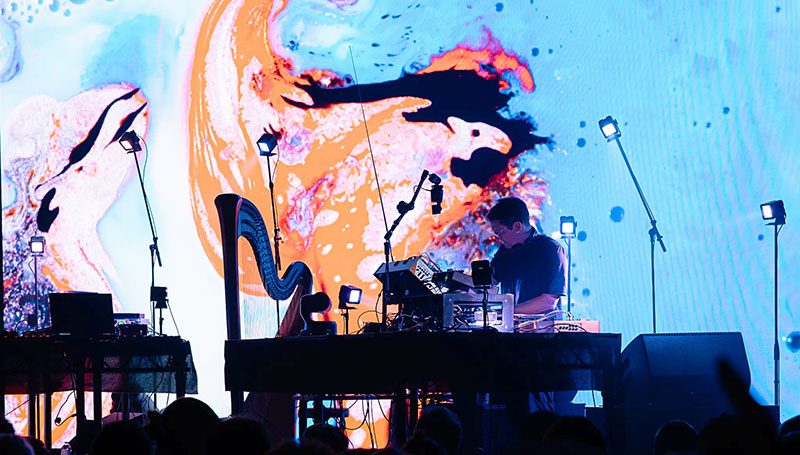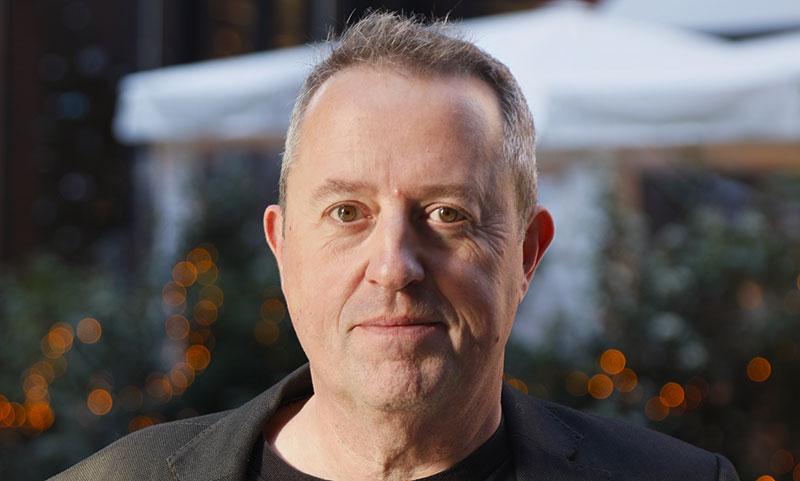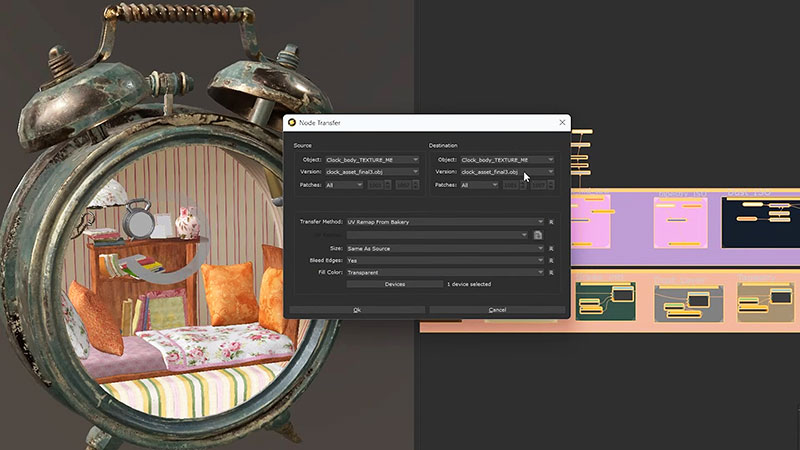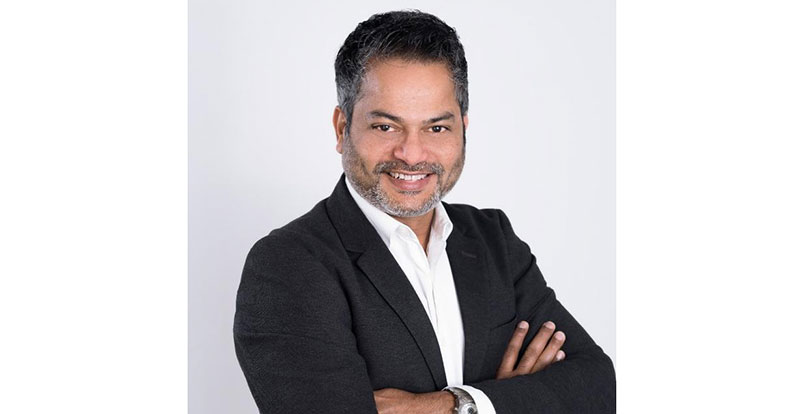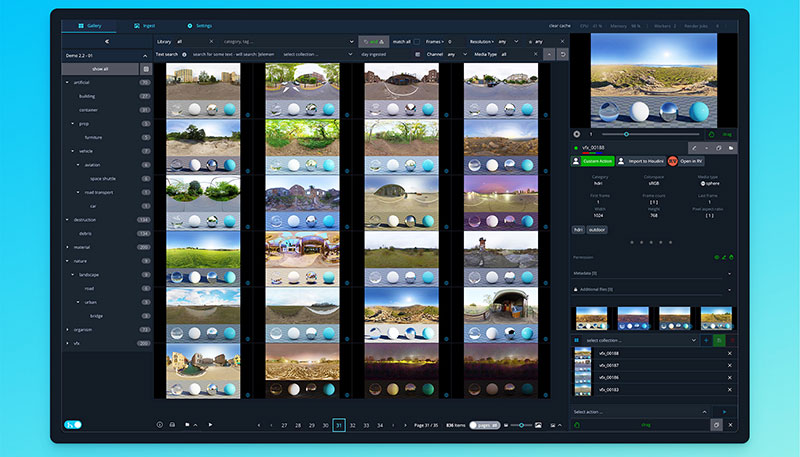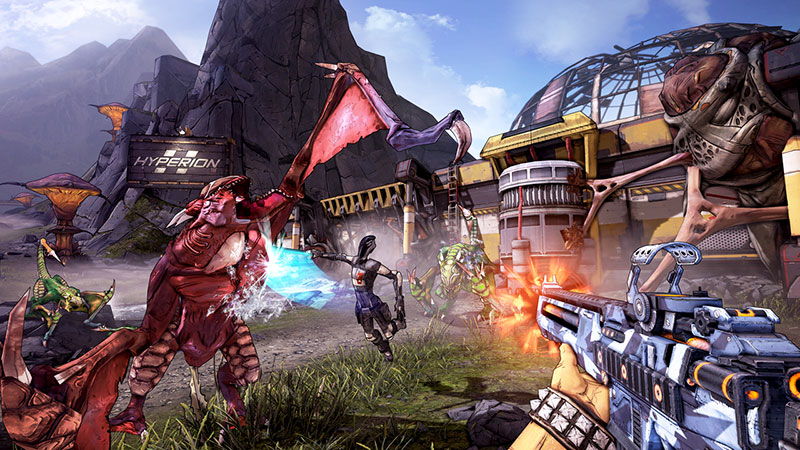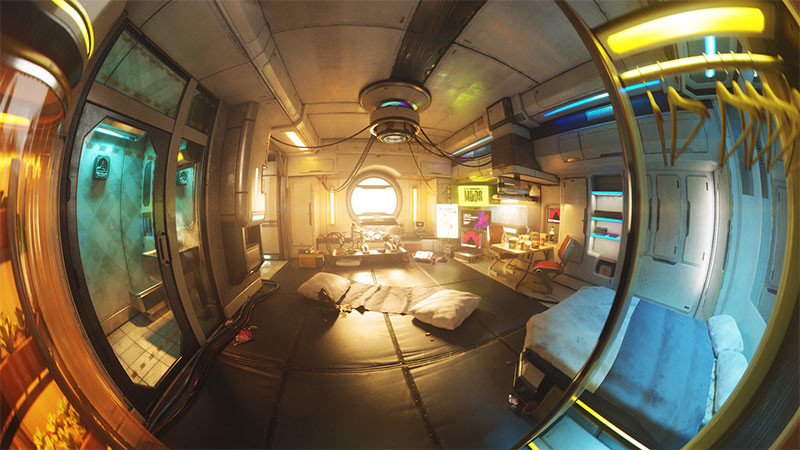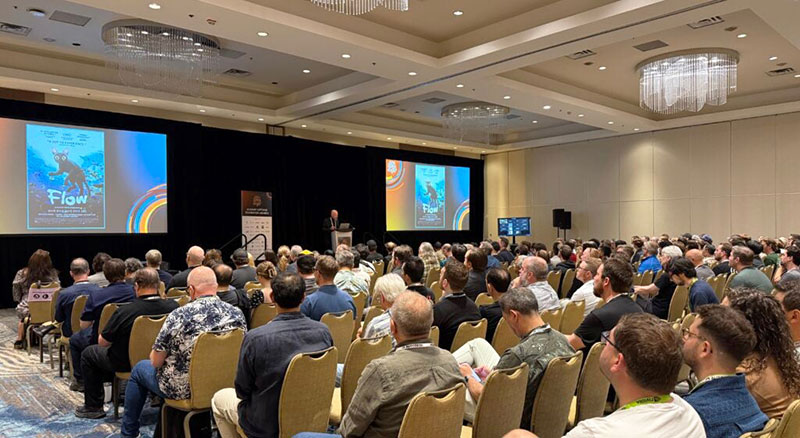AEAF Awards are in full swing – projects are coming in from around the world in all categories.
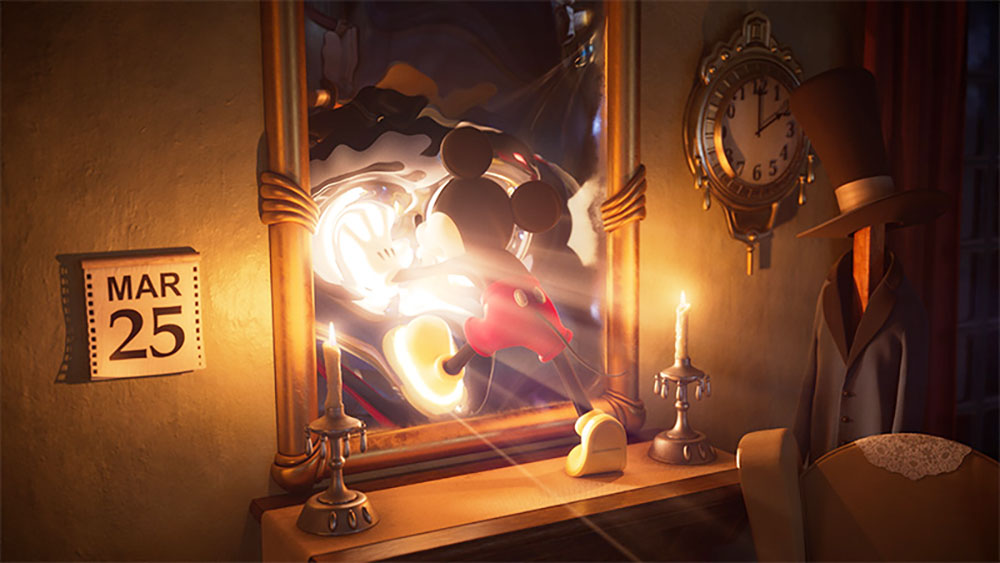
AEAF Awards are in full swing – projects are coming from around the world in all categories. Below find links to some recent entries, and a few notes that take you behind the scenes. The work is beautiful, skilful, funny and inspiring.
Now is the best time to enter your own team’s work. Please have a look at the ENTRY FORM and enter today. If you have questions, contact
Plastic Wax
Game Trailers
Epic Mickey: Rebrushed
Anyone who loves Mickey Mouse, Alice Through the Looking Glass or sorcerers – or all of them – will be excited about ‘Epic Mickey: Rebrushed’, now playing on Nintendo Switch, especially when they see this trailer. When Mickey climbs through the mirror and wields the enchanted brush, he doesn’t have quite the same effect as the sorcerer and is soon engulfed by a resilient, resinous monster of his own creation. Dramatic lighting, tangible textures and exciting animation bring Mickey’s emotions to the screen. (Image above.)
Airbag
Commercials VFX
Victoria Fires - Leave Early
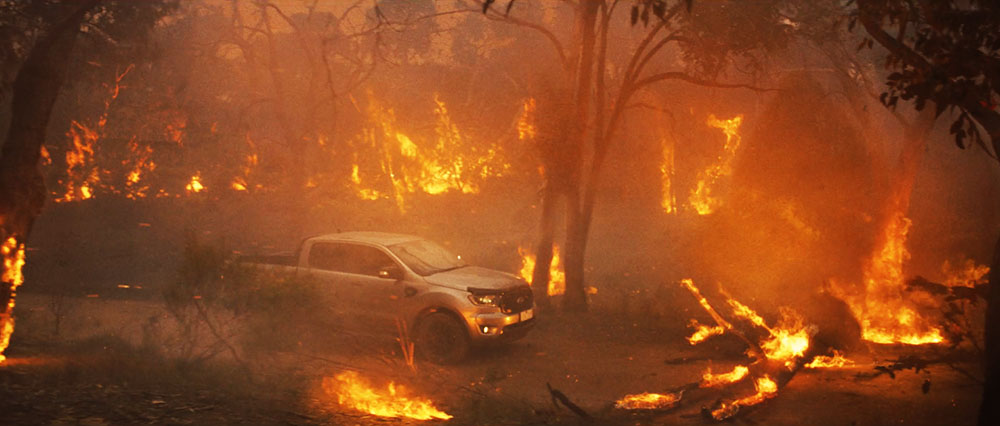
This campaign for the Victorian Government is based on three separate stories of the same family. The parents are faced with the option of fleeing their home in the face of danger or making the decision to leave early. In all cases, Airbag plays out the scenarios to illustrate how leaving early is the best choice.
The TVCs were all shot in Victoria and, with no way to light any fires on-set, the team was tasked with adding smoke, ash and fire to all of the shots. In some cases these effects called for a subtle touch, while in others, it meant a huge amount of plate cleanup, CG fire and smoke sims, and compositing. CG cockatoos and a kangaroo were also added to two shots to bring the threat to wildlife into focus.
RSP
TV Series
One Piece
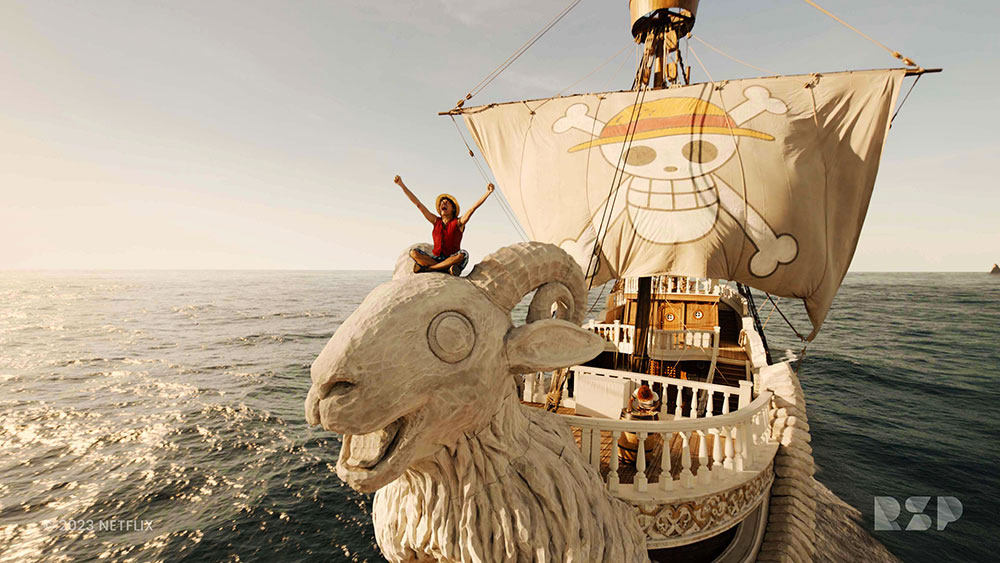
Rising Sun Pictures delivered more than 170 VFX shots for the first season of One Piece, the Netflix live action adaptation of Eiichiro Oda’s famous manga about the young pirate Monkey D Luffy and his crew on a quest for treasure and glory. For the series, RSP’s artists built their ship, the Going Merry, plus a dozen other full CG ships, “All of the ships are grounded in the One Piece manga, but we brought them into a live action world,” said RSP VFX Supervisor Dennis Jones.
For the water, Dennis and the crew spent weeks developing a single simulation that could be used for ocean elements across various scenes. It had to work with different camera angles, perspectives, times of day and weather. With this array of assets, simulations, looks and effects, the team was ready to take the CG ships through several extended high-action sequences – including a thrilling chase.
Kinemus
Music Video
Vonfelt – Je Pars
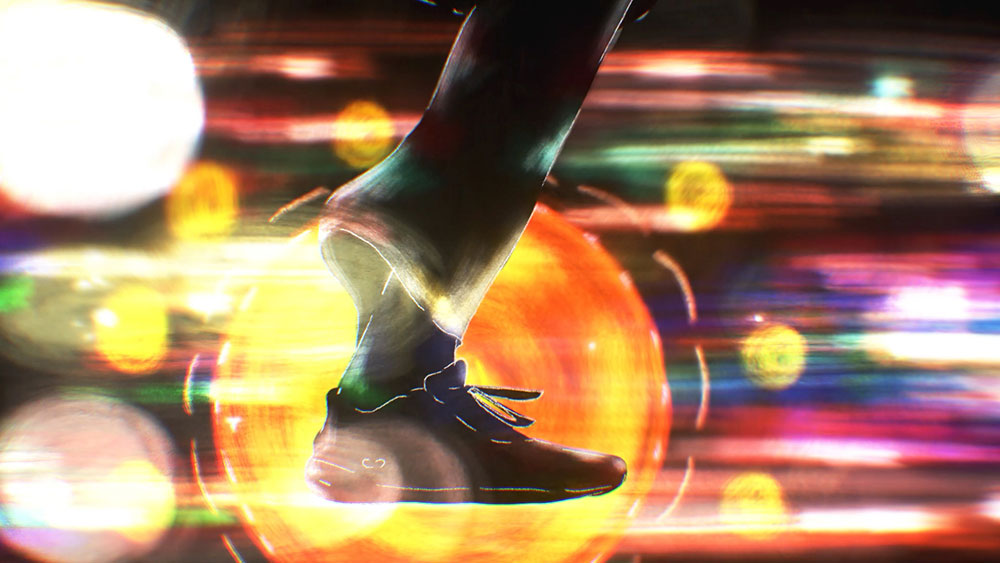
Vonfelt’s music video takes viewers through a night-time city scape, along streets and motorways, down into the subway and onto the roofs of glittering skyscapers. Lights in motion surround us in the dark – just before dawn breaks. This video’s creator is KINEMUS, the hybrid 2Dx3D combination of directors Michelle Brand and Toby Auberg, two animators based in Berlin.
They mix styles and mediums – physical and digital, 2D and 3D, simulation, illustration and abstract characters, procedural systems and frame-by-frame, strokes and polygons – building ethereal moving pictures and vivid virtual worlds.
Michelle Brand is a 2D frame-by-frame animation filmmaker who visualises abstract ideas and says she is obsessed with geometric shapes, straight lines and perfectly round circles. Her latest film 'Any Instant Whatever' won an AEAF Student Award in 2020 and was long-listed for an Oscar. Toby Auberg (Toberg) is a filmmaker and 3D artist who loves making moving pictures with computers.
The Mill
Commercials Animation
Knockout Chaos – Anthony Joshua X Francis Ngannou
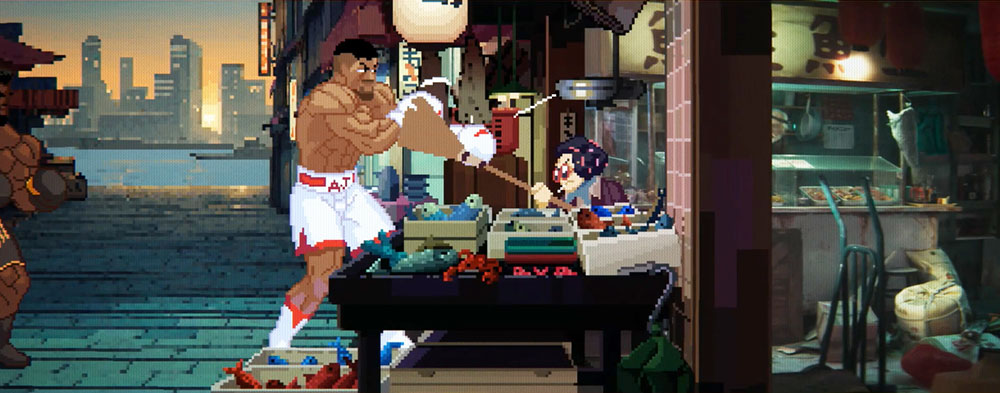
The Riyadh Season entertainment and sports festival aimed to launch a global campaign appealing to boxing fans across continents and generations. The goal was to not only to boost Pay Per View subscriptions and ticket sales, but also to establish Saudi Arabia as a top destination for hosting world-class boxing events. This event brought together Anthony Joshua and Francis Ngannou, two fighters from different disciplines – boxing and MMA – for one big slugfest called Knockout Chaos.
With clear inspiration from arcade combat games, we watch the worlds of live action and pixellated animation collide in a flow of sequences as the fighters bash their way from inner space to New York streets to the basements of Tokyo. Behind the scenes, The Mill’s production, VFX and animation teams have precisely orchestrated everything you see – it’s not really chaos at all.
Cinesite
Feature Film Animation
Teenage Mutant Ninja Turtles: Mutant Mayhem
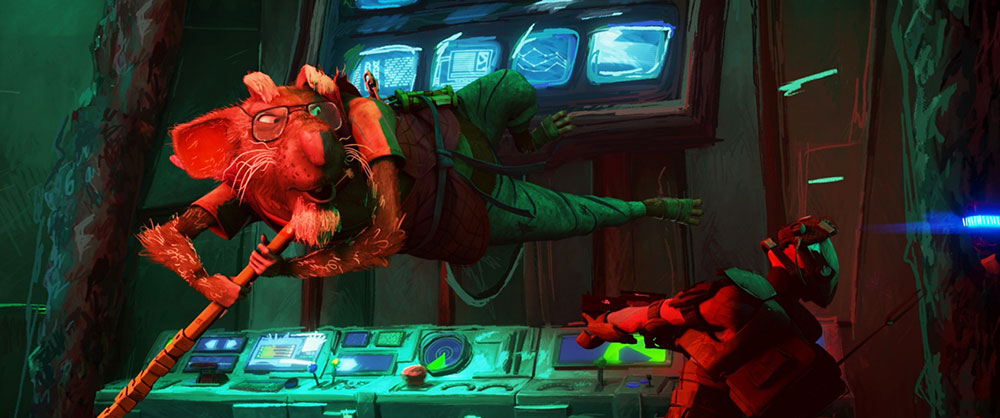
Cinesite Vancouver and Montreal delivered over 20 minutes of animation across 20 sequences of ‘Teenage Mutant Ninja Turtles: Mutant Mayhem’, supporting lead vendor Mikros Animation in Montreal and Paris.
Director Jeff Rowe wanted the characters to match the concept art, inspired by his own high school notebook sketches full of exaggerated strokes and effects lines.
Sharing several assets with Cinesite, Mikros supplied textures and models. The team used that information to recreate shaders and the final look of the characters to match the filmakers’ visual style and language. The first challenge was managing the ingest of data from Mikros that came in large sets with thousands of curves. Their ingest process needed to reverse engineer the brush and colour information from the curves, producing Maya Paint Effects compatible with Cinesite’s pipeline.
Production Designer Yashar Kassai found the sketchy, unfinished style of the film one of the most difficult parts of the production to manage. With a high-end film camera, an anamorphic lens and full lighting crew, the goal for the look was cinematic and wide scope, but with unconventional and imperfect detail and colours. He and Mikros encouraged Cinesite’s artists to “embrace the imperfections”.
Film grain, noise, lens flares and dust on the lens all combined with a rough brush feel on the transitions. Because modern renderers generally avoid these characteristics, the team needed to set up a 2D traditional FX department and created many hybrid looks and pure hand drawn FX that could be applied in the final shots.
The director wanted the Turtles themselves to look like teenagers, skinnier, more relatable and less bulky than previous versions. For the animation as well, Cinesite needed to emphasise the ‘teenager’ aesthetic the filmmakers sought, calling for naturalistic movement.
Receiving blend shapes with the models from Mikros, the characters were rigged in-house and shared with the animators. Unusual for the Cinesite team, the project included 3D elements with a 2D treatment applied – that is, the action lines were drawn in 3D, with a 2D rendering treatment. Animation Supervisor Eric Cheung said, “We also had a dedicated 2D FX department to enhance the looks in post. The biggest challenge here was the amount of time we had to develop tools to match Mikros’ work. The movie was already well into post when we joined the project, so the pipe team had to move quickly to develop a drawing tool for us.”
To save, a tool was created based on existing Maya Paint Effects, adding a UI and brush preset management controller allowing the artists to store presets and choose the surface they wanted to paint on. The Paint Effects were exported as USD curves, which could be rendered and shaded in Gaffer scene development software.
MPC
Feature Film VFX
Transformers: Rise of the Beasts
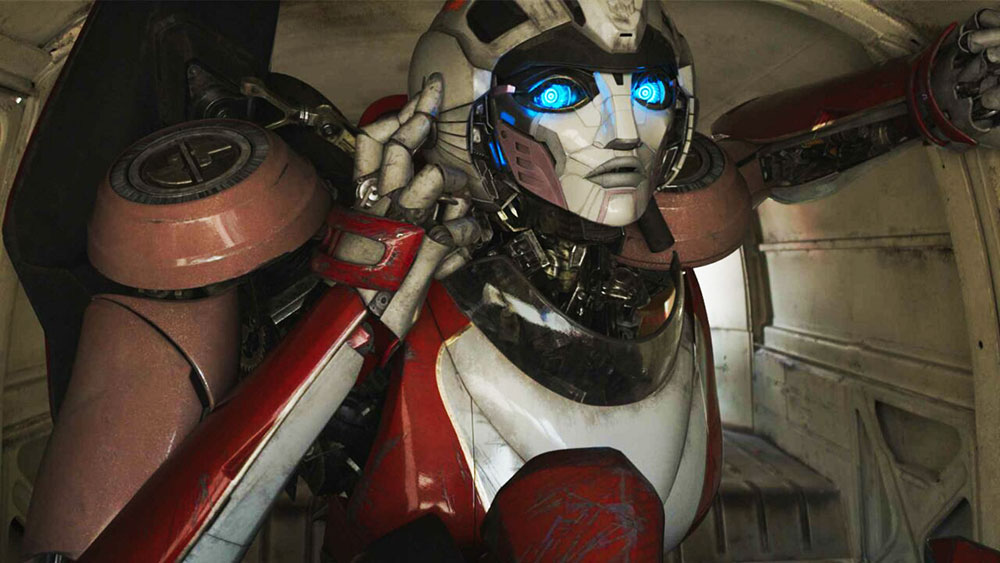
Production VFX Supervisor Gary Brozenich met with filmmakers in 2021 to plan how to bring Transformers: Rise of the Beasts to life. Over 1000 artists and production crew collaborating across MPC’s studios in London, Montreal, Bangalore, LA, Toronto and Adelaide delivered 896 shots, including 18 of the movie’s characters.
Major sequences included the start of the story in New York where the heroes meet the Autobots, the Ellis Island Battle, the Switchback mountain chase and the pivotal sequence where the Autobots meet the Maximals.
MPC’s on-set crew travelled to Montreal, New York and Peru to gather data from the shoot for the VFX work. In LA, MPC’s Visualization team, worked with the Director and Gary to help craft the previs for many of the film’s dynamic sequences. They then helped to ensure a smooth transition into VFX by providing postvis for shots. This team continued into post, providing over 2,000 postvis shots as a solid foundation for MPC’s VFX teams to build on.
Character development began with the production’s concept art, some of which was worked on further by MPC’s Art Department. This led to concepts for volcano environments, details of character’s facial design and weapon, and various holograms. For the legendary transformations, MPC developed a proprietary tool that allows animators to slice, separate and transform geometry on a model, in any given shot, on any asset. The success of the Transformations was a joint effort between the R&D department, Animation Mechanic TDs and CG Lighters. aeaf.tv


